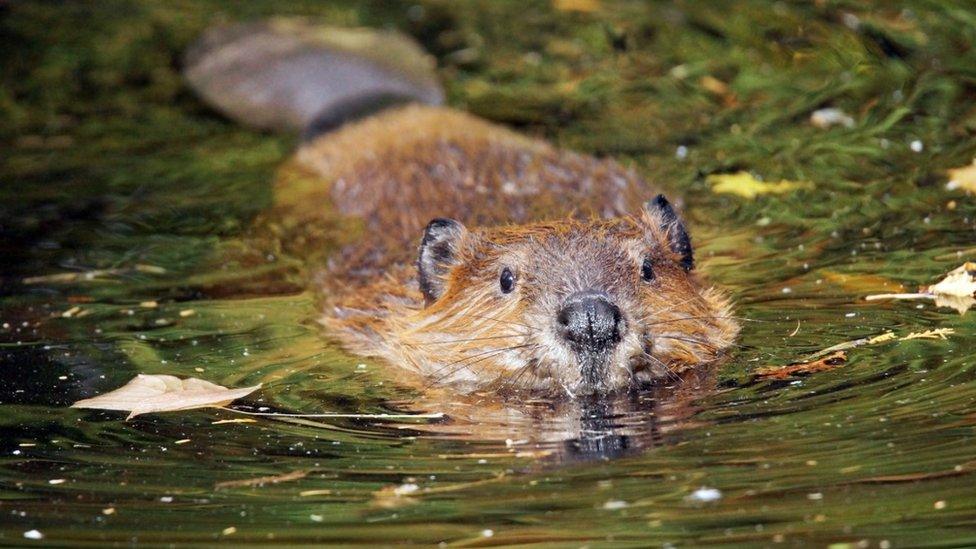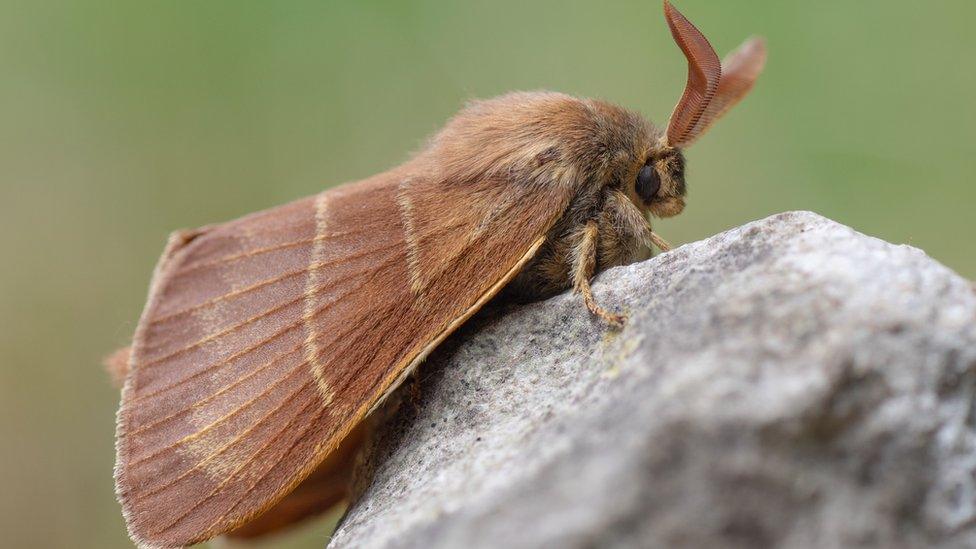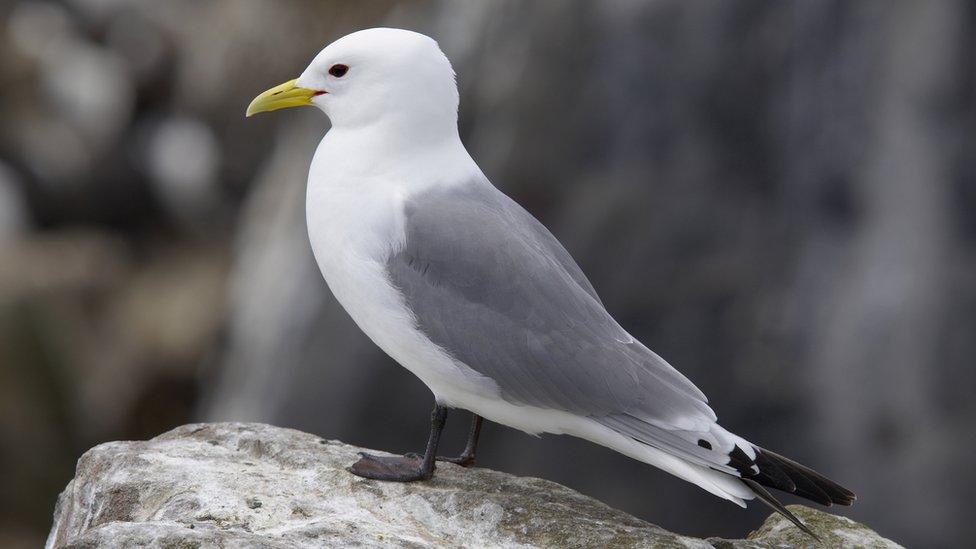Wildlife decline 'faster in Scotland than across the UK'
- Published

Beavers have been given protected status in Scotland in a bid to boost numbers
The abundance of species in Scotland is falling at a faster rate than the UK as a whole, according to a detailed study.
The State of Nature 2019 Scotland report found that average numbers across 352 species of mammals, birds, butterflies and moths had fallen 24% since 1994.
The UK-wide figure, which drew on data from more species, saw only a 13% drop.
Centuries of habitat loss through development and a rapid increase in climate change are being blamed.
Across the UK, moths and butterflies have seen a big decline.
But while 25% of all moths have also disappeared in Scotland, butterfly numbers have risen by around 9%.
One possible explanation is that the changing climate is pushing them north from England to Scotland.
Despite the figures, Scottish Natural Heritage has insisted the situation is no worse in Scotland than the UK as a whole.
The lead author of the report in Scotland, Paul Walton, said he hoped the figures could lead towards "transformative change" in how our biodiversity is managed.
He added: "The key findings relating to Scotland, England, Wales and Northern Ireland all use different datasets with different groups of species, compiled over different periods of time."

There has been a large drop in the number of moths across the UK
More than 70 organisations are behind the report, which has been published every three years since 2013.
It found that of the 6,413 species known to exist, 11% have been classified as threatened with extinction in Scotland.
Overall, 49% of Scottish species have decreased in number and 28% have increased.
'Deeply concerning'
Bird numbers are broadly stable but seabirds in particular are continuing to substantially decline.
Kittiwake populations have fallen by 72% since 1986 while Arctic Skua numbers have dropped 77%.
Anne McCall, director of RSPB Scotland, said nature was being lost across Scotland "at a deeply concerning rate".
She added: "We need ambitious legislation with binding targets backed by realistic resources to not only halt nature's decline but secure its recovery. And we need it now."

The number of kittiwakes has fallen by nearly three-quarters since 1986
Jo Pike, chief executive of the Scottish Wildlife Trust, added: "To reverse the loss of biodiversity and address climate change it is vital that we increase our investment in nature.
"This means taking urgent, strategic action to protect and restore natural habitats on land and sea, green our towns and cities, and transform our relationship with the natural world."
In May, a UN report revealed that humans were having a massive impact on wildlife and biodiversity across the world.
It said one million animal and plant species were threatened with extinction.
The State of Nature report shows that those impacts are also being felt at home.
Pressures on wildlife are coming from agricultural and woodland management, urbanisation, pollution and from invasive and non-native species.
But improvements in coastal water quality means some fish stocks are showing signs of recovery.